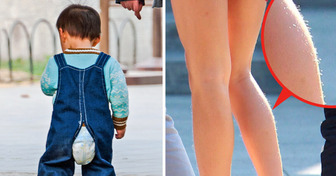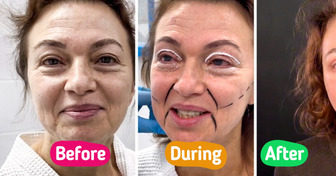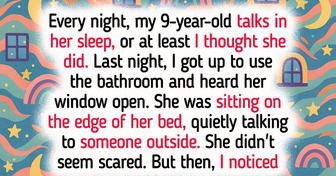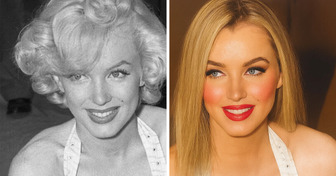Girl Undergoes Surgery to Reduce 22-Pound Breasts, Revealing the Harsh Reality of Gigantomastia

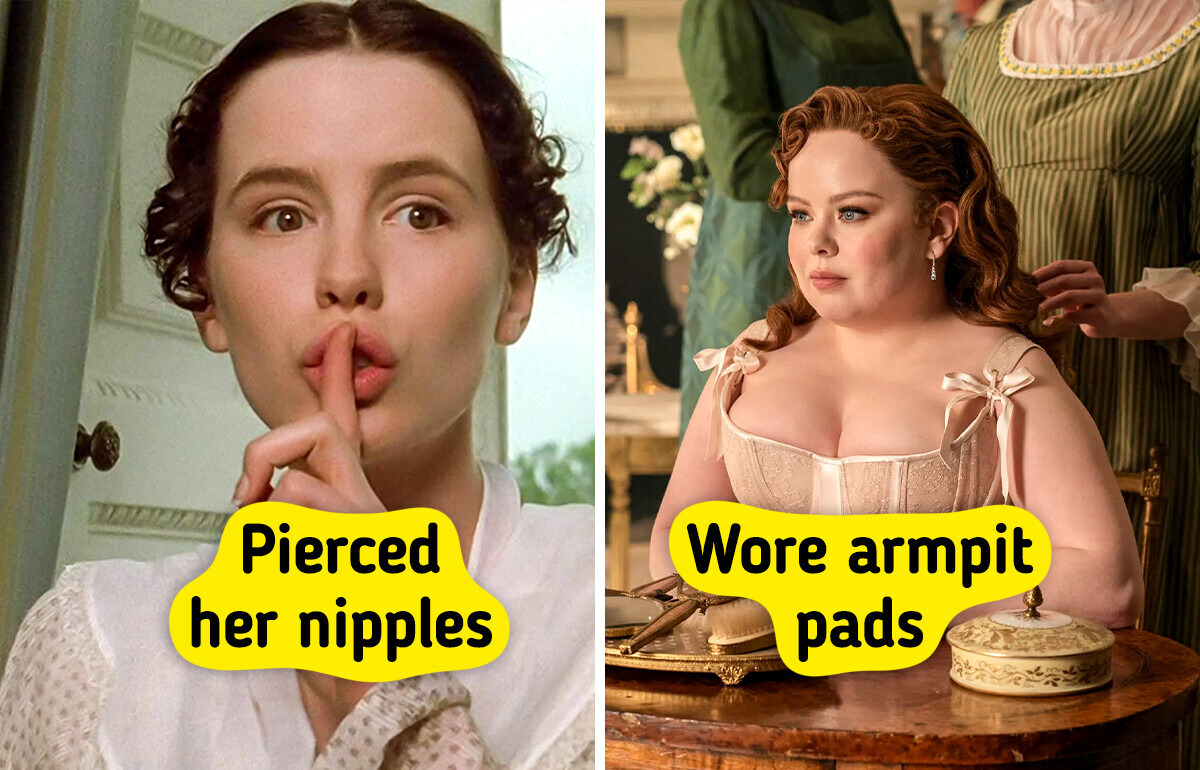
When we think of the Victorian era, we often picture strict morals, elegant tea parties, and impossibly tight corsets. However, the reality was far more vibrant and surprising. Alongside its formal codes of conduct and refined ballroom dances, this period also saw the rise of nipple piercings, armpit pads, mustache guards, and even social gatherings featuring real mummies.
In the Victorian era, dysentery and cholera were mistakenly believed to result not from contaminated drinking water, but from exposing the stomach to cold. To prevent these illnesses, people commonly wore flannel or woolen knitted “cholera belts” around their midsections, believing that warmth would protect them from disease.
One of the most popular cosmetic products was raw beef. Ladies would make masks out of chunks of meat, fat and marrow, and go to bed. It was believed that this treatment made the face look fresh and eliminated wrinkles.
At the end of the Victorian era, contrary to the common perception of restraint and chastity of the time, nipple piercings became a fashionable and unexpected trend among women of high society.
Sources of those years claim that in London, jewelers performed these procedures on aristocratic women. One jeweler even boasted that he had pierced the nipples of more than 40 ladies, including famous actresses and singers.
Gentlemen in those days wore mustaches, which were treated with great care. And every meal could end in embarrassment because the mustache would get wet from tea and soup, or bits of food would get stuck in it. Then the clever barber of the Emperor himself invented a mustache guard. It protected the mustache, while curling the ends, which was considered very fashionable.
Once, this thing was indispensable in any bed, including the marital bed: people put them to heat up the place and get into a warm bed. The warmer was made of metal or ceramic and filled with coals or water.
In the 19th century, Britain was gripped by a real Egyptomania. Wealthy British tourists who flocked to Egypt tried to bring back a real mummy as a souvenir. On their return from vacation, they held parties with the unwrapping of their trophy. There is even a photo of an invitation to a similar event, where the unwrapping of the mummy was scheduled for 2:30 a.m.
In the 19th century, women were ready almost for anything to remain young and beautiful, even sleeping in a rubber mask. Its inventor, Helen Rowley, claimed that the mask cleansed, whitened and rejuvenated the skin. In fact, the rubber only stimulated sweating, and we can only guess what the effect was.
In the Victorian era, writing was no longer the prerogative of the upper classes. All people were able to exchange messages, and writing became an art form. And for the most sophisticated aesthetes, Herbin began to produce scented inks. They were made from flower water of roses, violets, and lavender.
By the way, the company still exists. And if you suddenly want to feel like a Victorian aristocrat, you can buy a scented ink.
Even 150 years ago, women were concerned about their shapes and sought to fit themselves to the then fashionable standards by creating volume artificially. That’s when the inflatable corset was invented — the great-grandparent of the modern push-up bra.
Women in the Victorian era would typically indulge in a lukewarm bath once or twice a month. The water was lukewarm because both excessively hot and cold temperatures were thought to cause health issues, ranging from rashes to insanity.
Between baths, Victorian ladies would cleanse themselves using a sponge dipped in cool water mixed with vinegar. Sitz baths — where a woman would sit in a shallow basin of water — were also a popular practice. Hair washing was also infrequent, and when it was done, harsh substances such as ammonia or even onion juice were sometimes used — often at the risk of stinging the eyes.
Dresses were rarely, if ever, washed, as laundering could damage their delicate fabrics and embellishments. To cope with body odor, women applied heavy layers of perfume. Some even wore half-moon-shaped “dress shields” between their clothing and their hairy, sweaty armpits. Nevertheless, despite all these efforts, the air in Victorian ballrooms was often far from fresh.
And here are some fascinating facts from the Victorian era that make us especially grateful for the comforts and norms of modern life.

